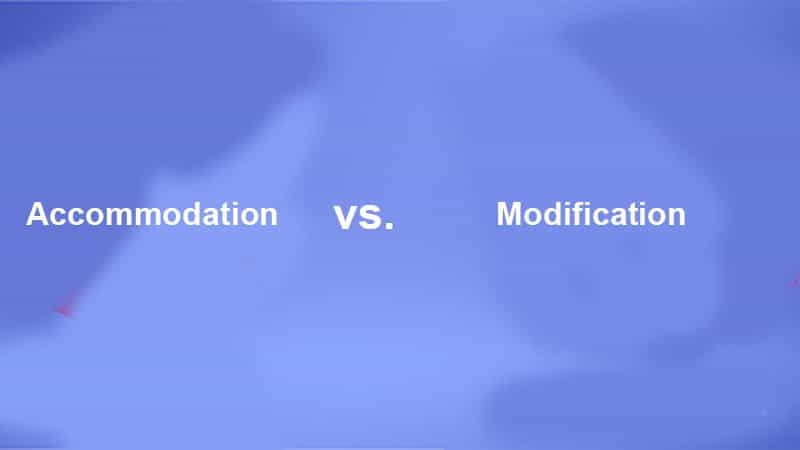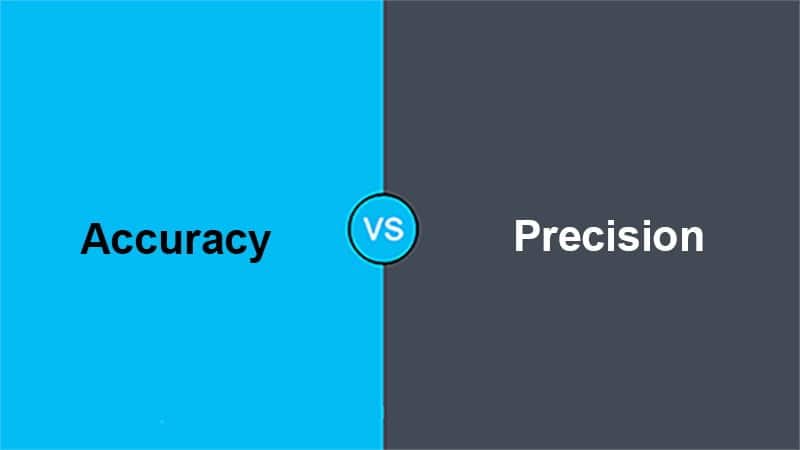What is Language?
Language is a complex and fundamental communication system humans and animals use to convey thoughts, ideas, emotions, and information. It is a primary means of expressing and sharing knowledge and understanding between individuals and within societies. Here are some key aspects of language:
- Communication: Language serves as a medium for communication, allowing individuals to convey their thoughts, feelings, intentions, and experiences to others. It enables social interaction and cooperation.
- Structure: Language has a systematic structure with rules and components, including sounds (phonetics and phonology), words (lexicon), grammar (syntax and morphology), and meaning (semantics). These elements combine to create meaningful messages.
- Multimodal: While spoken and written language are the most common forms, language can also be expressed through gestures, body language, facial expressions, and even sign language, depending on the context and the individuals involved.
- Arbitrariness: In many languages, the relationship between words and their meanings is arbitrary. There is no inherent connection between the sounds or symbols used and the concepts they represent.
- Cultural and Social: Language is deeply tied to culture and society. Different cultures and communities may have their languages or dialects, which can influence how people think and interact.
- Development: Humans acquire language skills naturally during childhood through exposure to a language-rich environment. This process is known as language acquisition.
- Evolution: Language is considered a unique human trait that has evolved over millions of years. While some animals can communicate through basic signals and vocalizations, human language is characterized by its complexity and ability to convey abstract concepts.
- Expressiveness: Language is highly versatile and can express an infinite range of ideas, from everyday conversations to scientific research, literature, poetry, and more.
- Change and Variation: Languages evolve, leading to changes in vocabulary, pronunciation, and grammar. They can also vary among regions and communities, resulting in dialects and languages with distinct features.
- Written and Spoken Forms: Language can be conveyed through spoken words, written text, or a combination. Writing allows for the preservation and dissemination of language over time and space.
What is Speech?
Speech refers to the verbal expression of language through the production of sounds, words, and sentences. It is a fundamental aspect of human communication and is the process by which individuals articulate their thoughts, ideas, emotions, and information to others. Here are key characteristics and components of speech:
- Oral Communication: Speech is primarily an oral form of communication, as it involves the production of spoken language using the mouth, tongue, vocal cords, and other speech-related organs.
- Phonemes: Speech comprises phonemes, the smallest distinct sound units in a language. Different languages have different sets of phonemes, and they are combined to form words.
- Words: Words are combinations of phonemes that carry meaning. In spoken language, words are pronounced with specific sequences of sounds.
- Grammar and Syntax: Speech follows the rules of grammar and syntax, which dictate the structure and order of words in sentences. Grammar rules vary among languages and play a crucial role in conveying meaning.
- Prosody: Prosody refers to the rhythm, intonation, stress, and pitch patterns in speech. It helps convey nuances of meaning, such as expressing emotions or indicating questions versus statements.
- Articulation: Articulation involves the precise movements of the tongue, lips, vocal cords, and other speech organs to produce distinct sounds. Proper articulation is essential for clear speech.
- Fluency: Fluency is the ability to speak smoothly and without hesitation. A natural flow and ease of expression characterize fluent speech.
- Expressiveness: Speech allows individuals to convey a wide range of emotions, attitudes, and intentions through tone of voice, volume, and other nonverbal cues.
- Contextual Adaptation: Speakers adapt their speech based on the context and audience. This includes using formal language in professional settings and informal language with friends, for example.
- Comprehension: Speech is not only about producing sounds but also about comprehending and understanding spoken language. Effective communication involves both speaking and listening.
- Cultural and Regional Variations: Speech can vary based on cultural norms, regional accents, and dialects. These variations add richness and diversity to language.
- Language Development: Speech is a skill that humans develop during early childhood. Language acquisition involves producing and understanding speech sounds, words, and sentences.
Comparison Table Between Language and Speech
| Aspect | Language | Speech |
|---|---|---|
| Definition | A complex system of communication with rules and structures for conveying meaning. | The verbal expression of language through sounds, words, and sentences. |
| Modality | Can be expressed through speech, writing, sign language, or other forms. | Primarily oral, produced through the articulation of sounds. |
| Components | Comprises phonetics, phonology, lexicon, syntax, and semantics. | Comprises phonemes, words, grammar, articulation, prosody, and fluency. |
| Written Form | Can exist in written text, allowing for documentation and dissemination. | Exists primarily in spoken form but can be transcribed into writing. |
| Variability | Different languages have distinct structures, vocabularies, and rules. | Different speakers may have variations in pronunciation, accent, and style. |
| Acquisition | Children acquire language skills through exposure and learning during early development. | A learned skill that is developed through practice and refinement. |
| Non-Verbal Aspects | Includes written language, sign language, and other non-verbal forms of communication. | Primarily involves oral expression but can be accompanied by non-verbal cues. |
| Expressiveness | Provides a vast and flexible means of expression, from everyday communication to literature. | Enables individuals to convey emotions, attitudes, and intentions through tone and prosody. |
| Formalization | Has formal grammar rules and structures unique to each language. | Has informal and formal variations but is less rigidly structured than written language. |
| Processing in the Brain | Involves complex neural processing, including Broca’s and Wernicke’s areas. | Requires coordination of motor and sensory areas for sound production and comprehension. |
| Cultural and Regional Variation | Varies between cultures, regions, and dialects, reflecting cultural diversity. | Exhibits regional accents and dialects, contributing to linguistic diversity. |
Main Differences Between Language and Speech
- Innateness vs. Learned Skill:
- Language: Language is considered an innate ability in humans. Children are biologically predisposed to acquire language during their early years.
- Speech: Speech, on the other hand, is a learned skill. While humans have the physiological capacity for speech, a language’s specific sounds, vocabulary, and grammatical structures are acquired through exposure and learning.
- Universality vs. Variability:
- Language: There is a universal aspect to language in that all human societies have developed some form of language for communication. However, the specific languages spoken around the world are highly diverse.
- Speech: Speech is more variable and subject to regional accents, dialects, and individual variations. While there are commonalities in speech production, people’s speech can vary significantly based on their linguistic and cultural backgrounds.
- Comprehension vs. Production:
- Language: Language encompasses comprehension (understanding spoken or written language) and production (speaking or writing). It includes the ability to understand and construct meaningful sentences.
- Speech: Speech primarily refers to the production aspect of language—the physical act of articulating sounds and words. It’s the expression of language through spoken form.
- Multimodal Nature:
- Language: Language is a multimodal system that can be expressed through speech, writing, sign language, gestures, and other forms of communication.
- Speech: Speech is primarily a vocal and auditory form of communication but can be supplemented with non-verbal cues, such as facial expressions and body language.
- Conveyance of Meaning:
- Language: Language is the overarching system for conveying meaning, encompassing spoken and written forms. It includes the capacity to convey abstract ideas, concepts, and emotions.
- Speech: Speech is one of the primary modalities for expressing language, primarily focusing on the oral production of sounds. It is an essential language component but represents just one facet of it.














